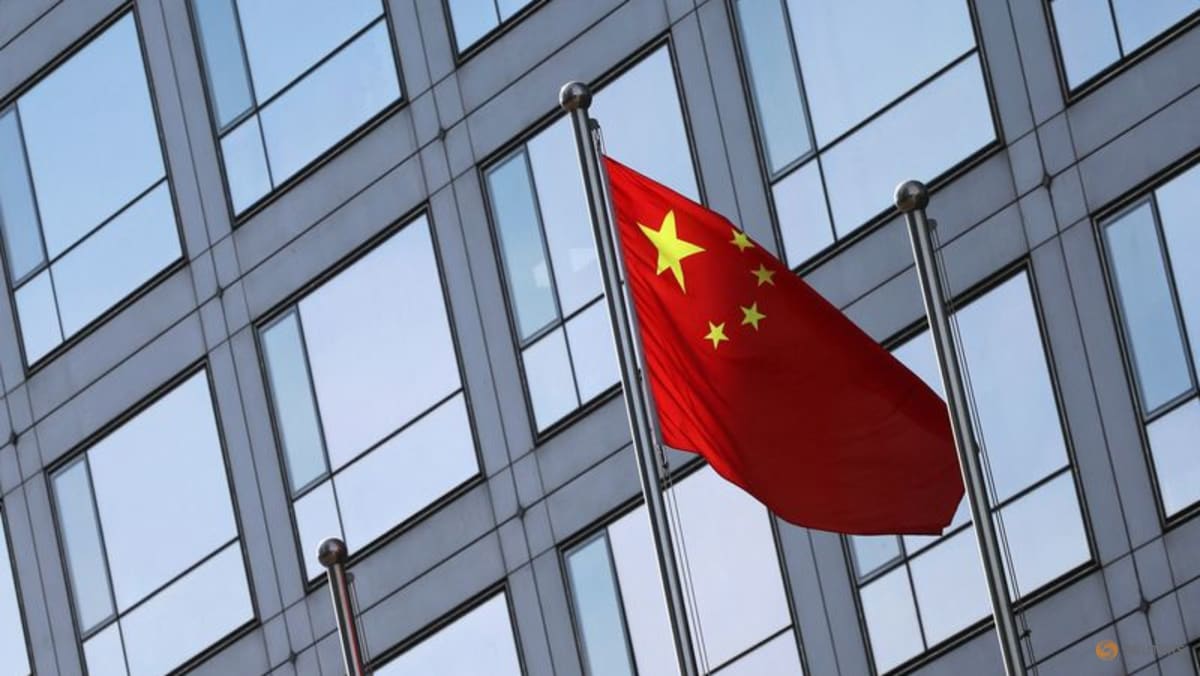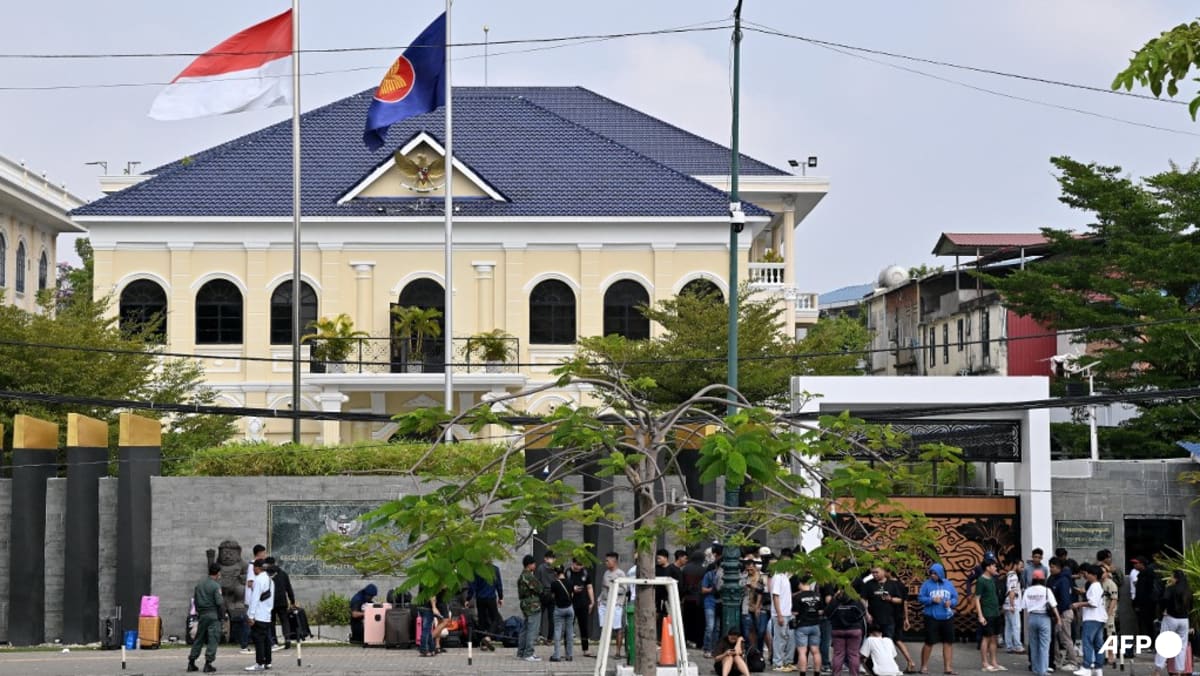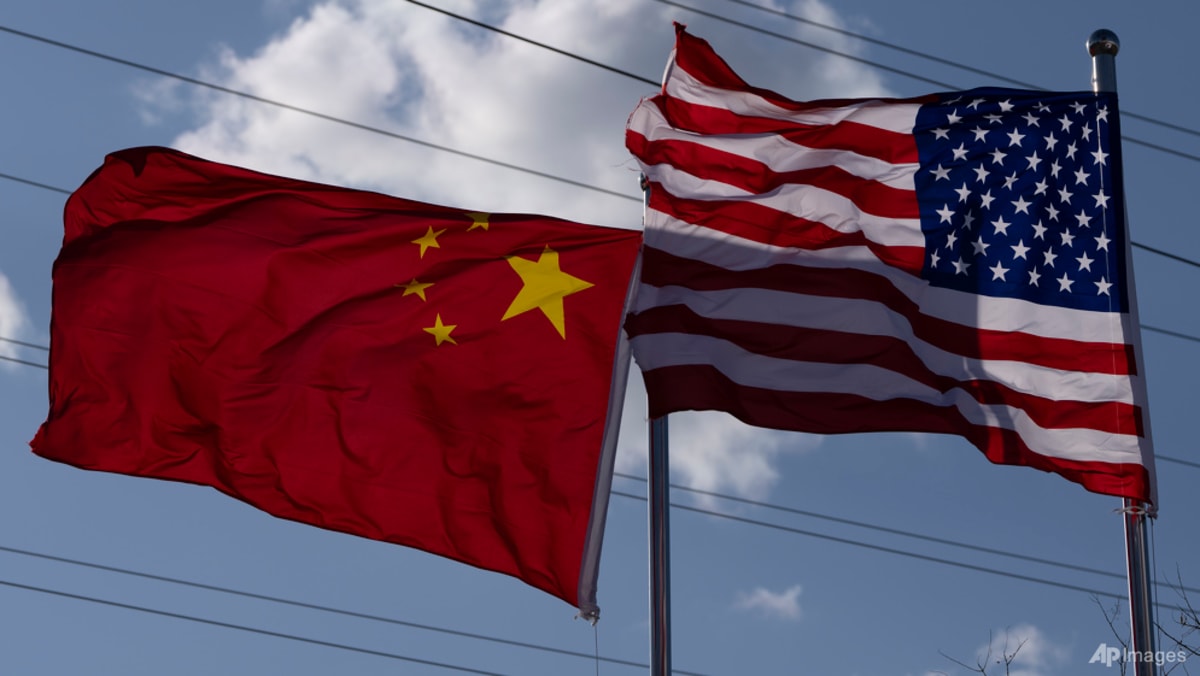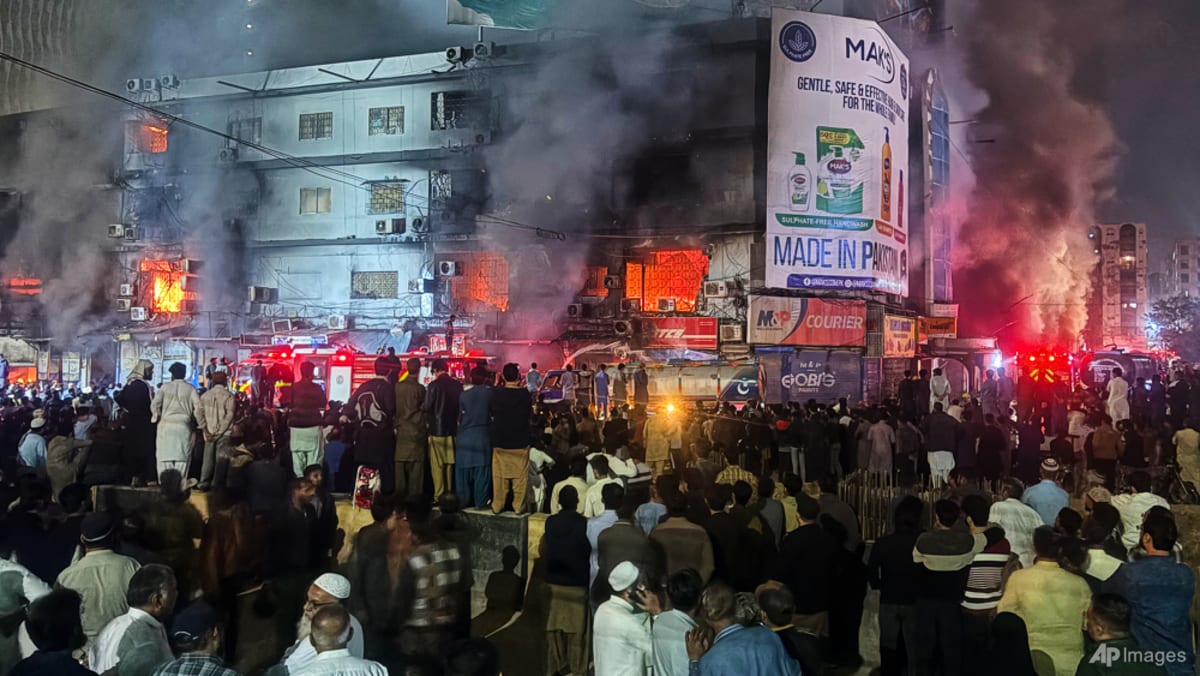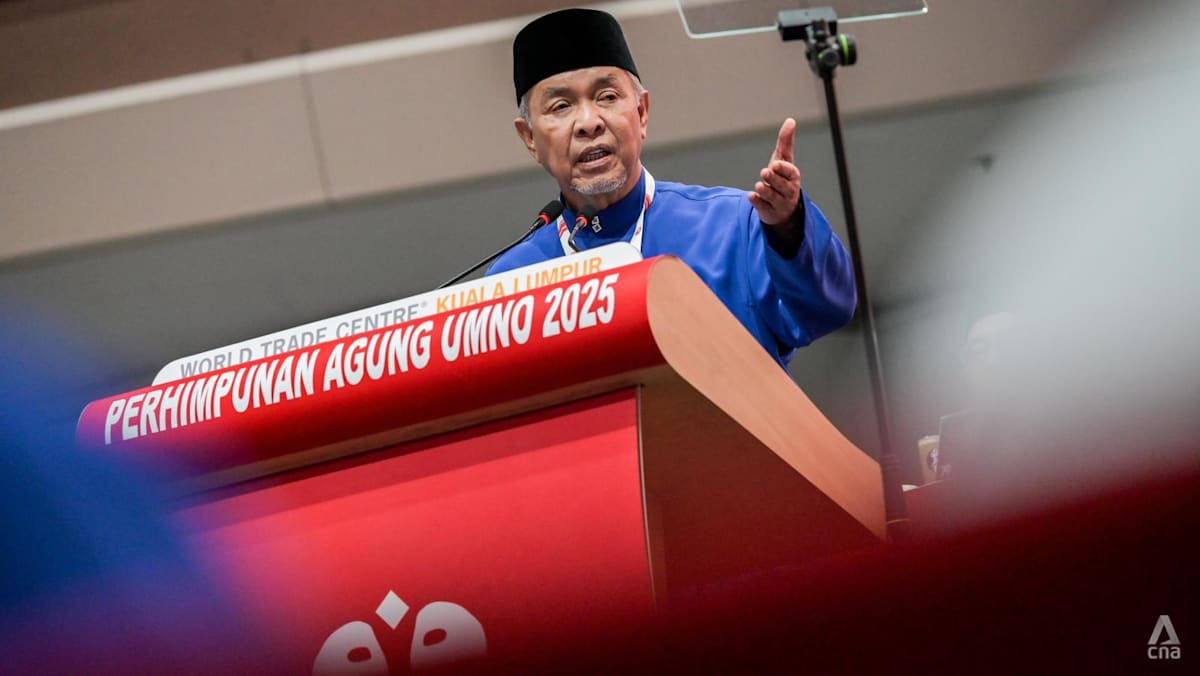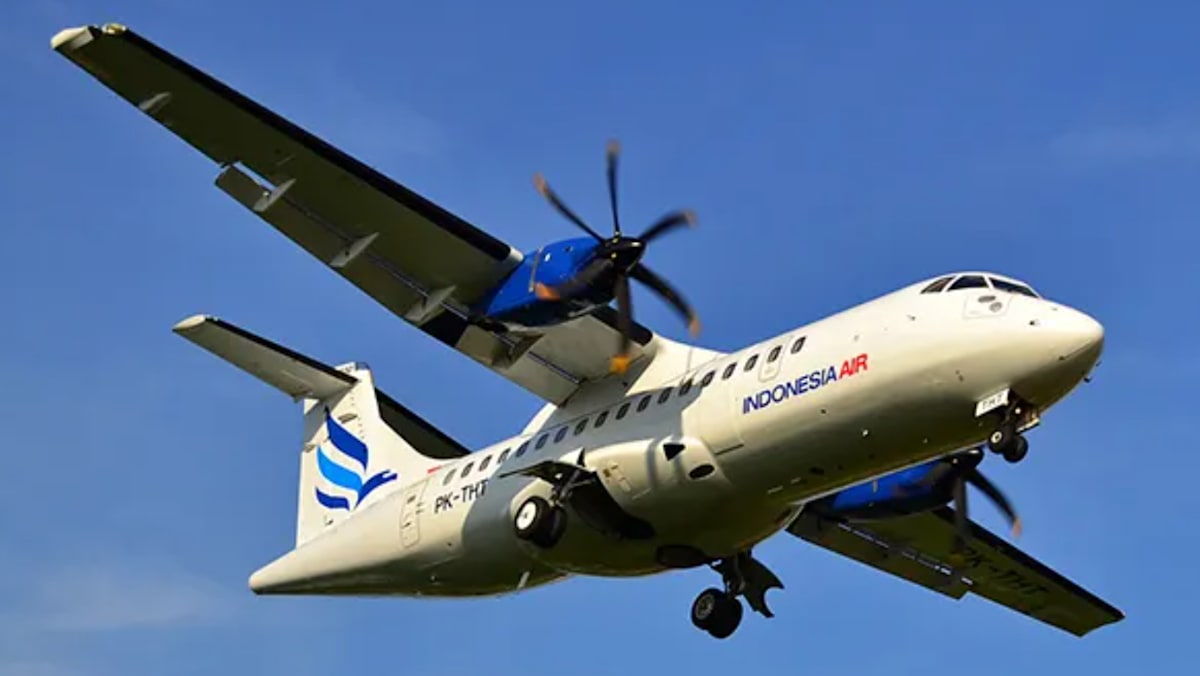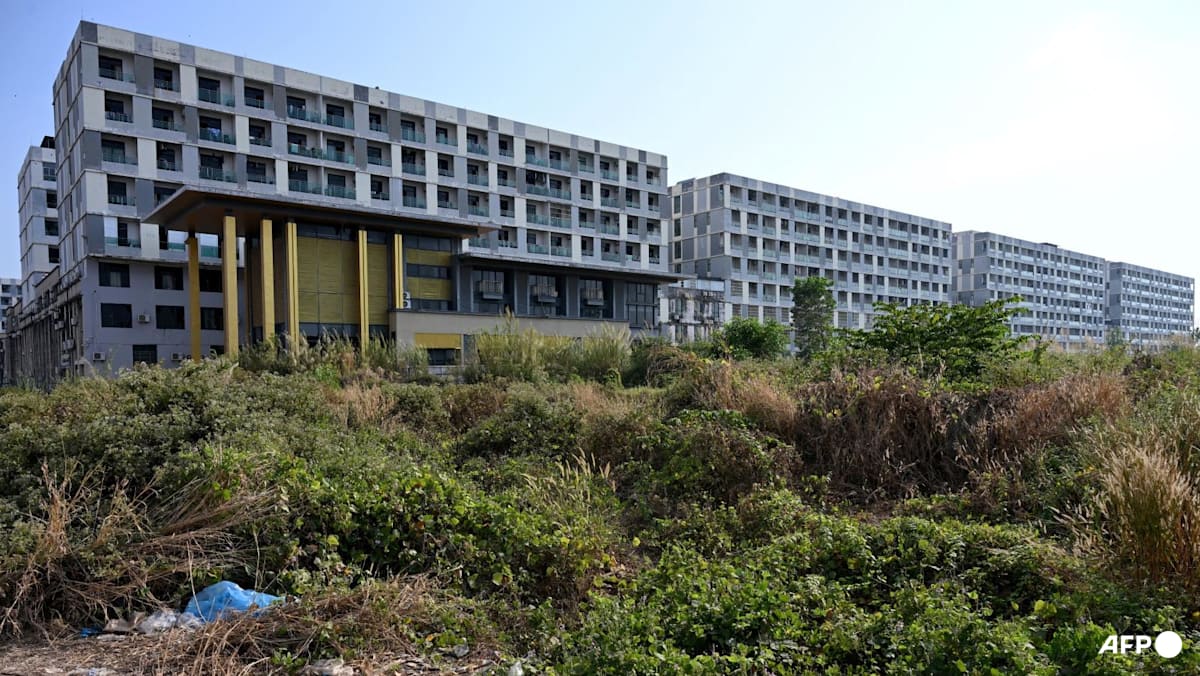23 Malaysians on Gaza aid flotilla detained by Israel released; set to return home by Oct 6

The fleet had hoped to arrive in Gaza on Thursday morning.
Since Wednesday, the Israeli military has intercepted the fleet at sea, taking them to an Israeli port and detaining participants from more than 40 countries. Among the 23 Malaysians detained were singers Zizi Kirana and Heliza Helmi.
“Sumud Nusantara expresses heartfelt gratitude on behalf of the families, delegates, secretariat and all Malaysians supporting this mission, for the care and leadership of Prime Minister Anwar Ibrahim and the Malaysian government,” Sani said.
“Their relentless efforts and close international diplomatic ties were crucial in negotiating the release of the 23 Malaysians.”
In a Facebook post on Saturday night, Malaysia’s Prime Minister Anwar Ibrahim thanked his “close friend”, Turkish President Recep Tayyip Erdogan, and leaders of other “friendly countries” who helped to facilitate the release of the Malaysians.
While the flotilla was prevented from reaching Gaza, Malaysia’s foreign ministry said the mission succeeded in “raising further international awareness about the illegal blockcade” by the Israeli government.
“The participation in the mission reaffirmed the commitment of Malaysians in standing for the Palestinian cause and in strongly opposing the ongoing genocide, starvation, tragic humanitarian catastrophe and destruction in Gaza.
“Malaysia will continue to work closely with its partners to ensure humanitarian efforts remain protected and that global solidarity for Palestine grows stronger,” said the ministry.
Source: CNA




